Introduction to Agriculture Questions and Answers on TopicWhat is plantation farming system?
This is a system of farming in which one crop is grown in large scale
State the main characteristics of shifting cultivation
0 Comments
Importance of Agriculture to the Economy of Kenya
Methods of Farming
A method of farming is an established way of carrying out farming activities.
The following are the common methods of farming: Farming Systems
A farming system is the organization of the various enterprises in a farm.
It is determined by the following factors:
Introduction to Agriculture NotesDefinition and Branches of AgricultureDefinition of Agriculture
Agriculture is the science and art of cultivation of crops and rearing of livestock.
As a science, it involves experimentation and application of scientific knowledge in such areas as;
Topics and Sub-Topics on Introduction to Agriculture
INTRODUCTION (8 LESSONS)
Specific objectives on Introduction to Agriculture
By the end of the topic, the learner should be able to:
In agriculture, cover crops are plants that are planted to cover the soil rather than for the purpose of being harvested.
Cover crops manage soil erosion, soil fertility, soil quality, water, weeds, pests, diseases, biodiversity and wildlife in an agroecosystem—an ecological system managed and shaped by humans. Wikipedia Disadvantages of Cover Cropping
Small-Scale Farming
Refers to the farming practice done on a small area of land.
Features of Small-Scale Farming
Limitations
Large-Scale Farming
Refers to the farming practice on a large area of land, mainly for local and export market.
Features
Examples
It refers to the growing of crops for subsistence, export or both. Commonly done on high potential areas. The type of crops grown are determined by the ecological conditions.
Examples of arable farming practices are inter-cropping, mixed cropping and mono-cropping. inter-cropping
Is the growing of two or three crops in association e.g. maize, beans, and sisal. All crops are grown in the same garden at the same time.
Advantages
Disadvantages
Mixed cropping
Is the planting of different crops in different plots on the same farm e.g. annuals and perennials. All other aspects are similar to those of inter-cropping.
Mono-cropping
Is the establishment of a pure stand of one crop in a field, e.g. maize, tea and coffee.
Advantages
Disadvantages
Mixed Farming
Is the practice of growing crops and rearing livestock on the same farm. Common in high potential areas e.g. Central and Western provinces of Kenya.
Advantages
Disadvantages
This is a system which involves keeping of livestock and moving with them from one place to another in search of better pasture and water. Types of Pastoralism
Characteristics of Pastoral Farming
Disadvantages of Pastoralism
Pastoral ism is gradually changing to ranching where there is:
INTRODUCTIONThis is the practice of cultivating a piece of land until the soil is exhausted and crop yields decline. The land is abandoned and a fresh one opened for cultivation. ADVANTAGES
DISADVANTAGES
pneumonia
It is an inflammation of the lungs.
Animals attacked include Calves, kids, lambs, piglets and poultry. Cause:
Bacteria (Mycoplasma mycoides) dust worms in the lungs.
Predisposing causes
Symptoms
Control
Aspergillosis (Brooder pneumonia) in Poultry
It has its name because the disease results in pneumonia in young chicks, which are reared under brooders. Occurs everywhere poultry are reared.
Species affected:
All species of poultry
Age affected:
Mainly seen in young birds.
Causes:
Aspergillus fumigatus, A. flavus, and A. niger.
[Aspergillus fumigatus is a species of fungus. It can be found throughout the environment, including in soil, plant matter, and household dust. The fungus can also produce airborne spores called conidia.] Effects:
Manly respiratory system, but fungi can spread to other parts of the body.
Signs include respiratory distress (dyspnea and gasping), central nervous dysfunction (tremors, ataxia, and torticollis), somnolence (sleepy), inappetence, and emaciation (very thin). Mode of transmission
It spreads by aerosol of spores, which are common in the hatchery. Spreads less commonly by contaminated dust and litter in the house.
Clinical signs
Signs include respiratory distress (dyspnea and gasping), central nervous dysfunction (tremors, ataxia, and torticollis), somnolence (sleepy), inappetence, and emaciation (very thin). Conjunctivitis, high mortality, and cloudy eyes can be seen.
Postmortem lesions
Yellowish‑green or whitish, caseous (cheesy) nodules and/or green, fur‑like down in mouth, palate, lungs, syrinx, viscera, air sacs, brain and eyes may be seen.
Diagnosis
Fungus can be identified microscopically (20% KOH stain) from culture or special stain of tissues (Hyphae, Mycelia, Conidiophores). Isolation of culture in 48 hours on Sabouraud dextrose agar is diagnostic. Lactophenol cotton blue staining of colony to see conidophores.
Prevention & treatment
Hatchery sanitation includes regular fumigation of eggs, machines and air ducts and regular (monthly) plating of hatchery with media to examine for the presence of fungi. Use clean dry litter and dry cups or nipples to reduce water spills. Antifungals in the feed or water.
Content & Image Credit
Related Searches
NEWCASTLE DISEASE (ND)
It’s a notifiable disease, very contagious and highly infectious disease.
Other names for this disease are ND and Avian pneumoencephalitis. Cause (Infectious Agents):
A Virus by the name avian paramyxovirus serotype 1 (PMV-1)
Newcastle disease is a contagious respiratory disease caused by a paramyxovirus. The virus can remain viable in infected litter for approximately 2 months and up to 12 months in infected poultry carcasses. The pathogenicity (ability of an organism to cause disease) of the virus ranges from mild to high. It is killed by disinfectants and direct sunlight. Susceptibility:
Birds of all ages are susceptible. especially young chickens. Humans and other mammals are also susceptible.
The virus has been known to cause eye infections in people who work with it in laboratories, or who rub their eyes after handling the vaccine. Transmission:
The incubation period for this virus is 5 to 7 days. During that time birds are
contagious and shed the virus in their bodily fluids and excretions. The virus can be transmitted by contaminated fomites (equipment, clothing, etc.) and via the air. The disease can also be spread through carriers such as wild birds, pets and insects. It spreads rapidly. Newcastle disease is passed from the hen to the egg, but the embryo will die before hatching. Clinical signs/Symptoms
Gasping, coughing, snicking, swollen eyes, nasal discharge, trembling, paralysis, recumbency, circling, respiratory stress, wheezing, depression, decreased appetite, decreased water consumption and drop in production are clinical signs, beaks remain wide open, strained neck, dullness, the bird's eyes are closed all the time, birds stagger in motion, watery yellow diarrhoea, beak and wings sag (bulge downwards)
Mortality will range from 10 percent to 80 percent, depending on the virulence of the virus. The disease will run its course in 10 days to 2 weeks; however, production will not come back for 5 to 6 weeks. Even after production has resumed, many eggs will have rough, thin shells and be of low grade. LesionsLesion means a region in an organ or tissue which has suffered damage through injury or disease, such as a wound, ulcer, abscess, or tumour
Edema in the face is common, along with airway congestion and hemorrhaging in
body tissues. There may be infection in the brain (encephalitis) and exudates in the air sacs and lungs. The undeveloped eggs of infected laying hens will show deterioration. Diagnosis:
Tentative diagnosis is based on flock history and the presence of clinical signs and lesions. Confirmation is based on isolation of the virus and blood tests for the presence of antibodies. This disease has very similar symptoms to other respiratory diseases and should be differentiated by laboratory methods.
Treatment :
No treatment due to viral disease, but to avoid the secondary infection, we recommend the supportive therapy in drinking water.
Electrovit C plus Broilers: 5 gm/50 birds through drinking water Syp Brofin (ibuprofin) 120 mg/400 Litter water Enrofloxacin 10g/100 ml DW Also; Even though there is no specific treatment for this disease, antibiotics can be administered to prevent secondary infections. Prevention/Control:
Introduction to agricultural economics
Economics is the study of how man and society chooses to allocate scarce productive resources to produce various commodities, over time, and distribute them among various consumers in society.
It attempts to explain how man can best use the limited resources to produce goods and services which satisfies his needs with minimum wastage or loss of these resources
Agricultural Economics
Agricultural economics is therefore defined as a science that aims at maximizing output while minimizing costs by combining the limited supplies of goods and services for use by the society over a certain period of time.
These are;
Basic economic PrinciplesScarcity
Choice/Preference
Opportunity Cost
Farm Records
|
Categories
All
Archives
May 2021
Quick Agriculture Revision Notes
|
||||||||||||||||||||||||||||||||||||||||||||||||||||||||||||||||||||||||||||||||||||||||||||||||||||||||||||||||||||||||||||||||||||||||||||||||||||
We Would Love to Have You Visit Soon! |
Hours24 HR Service
|
Telephone0728 450425
|
|
8-4-4 materialsLevels
Subjects
|
cbc materialsE.C.D.E
Lower Primary
Upper Primary
Lower Secondary
Upper Secondary
|
teacher support
Other Blogs
|


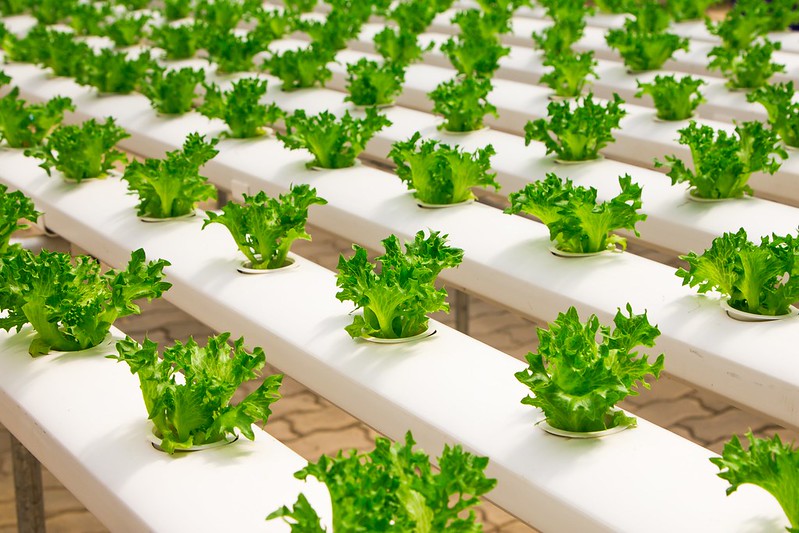
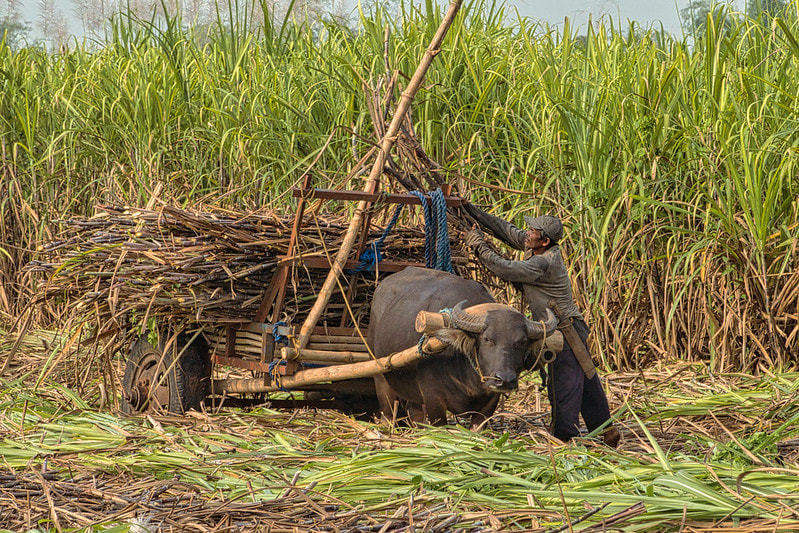
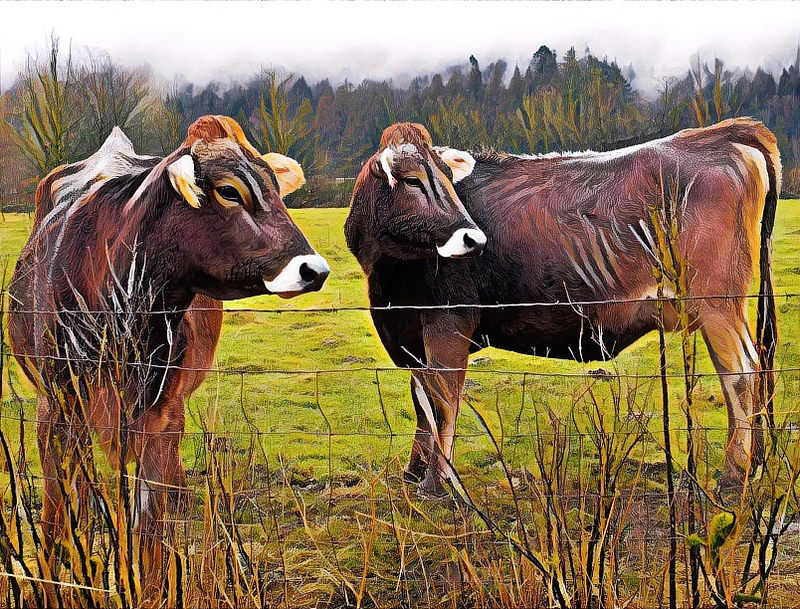
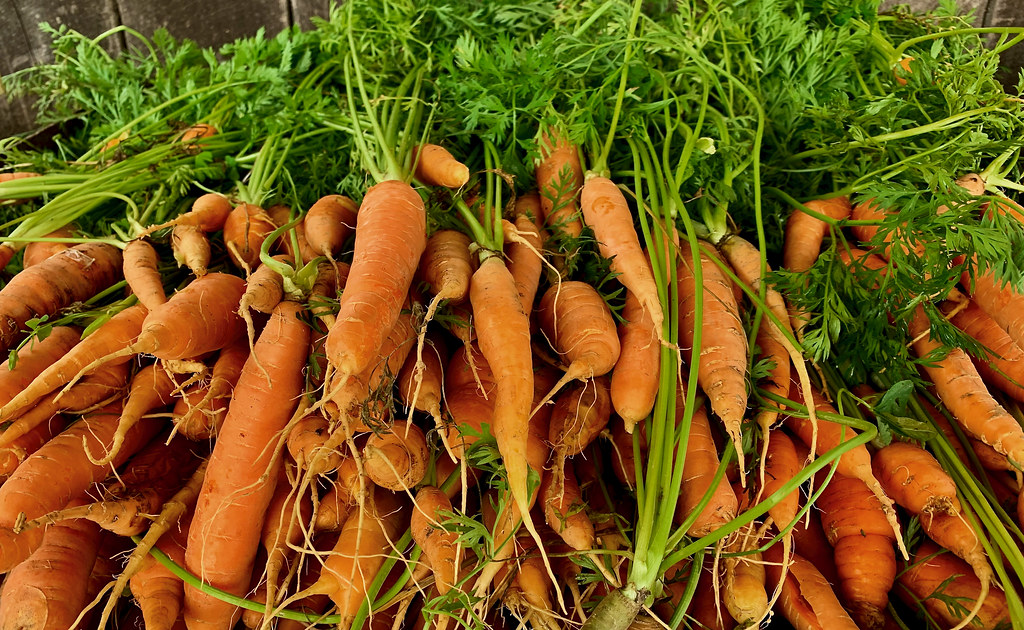
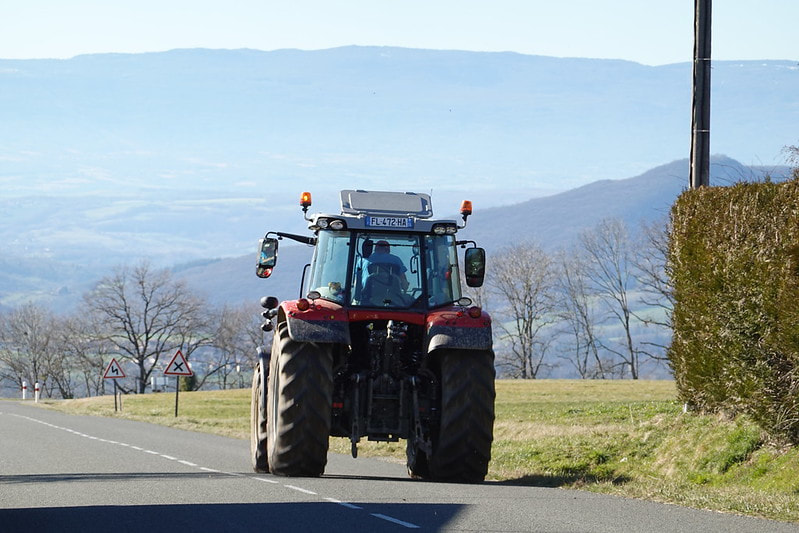
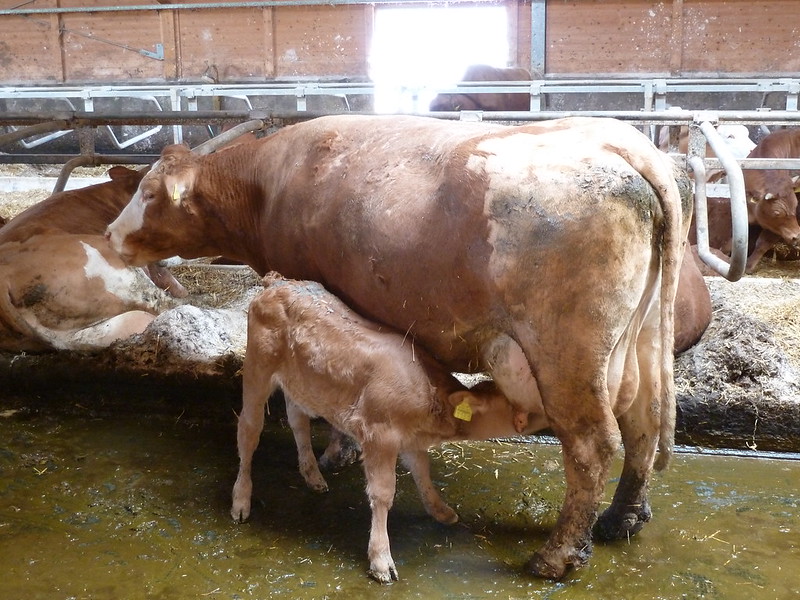

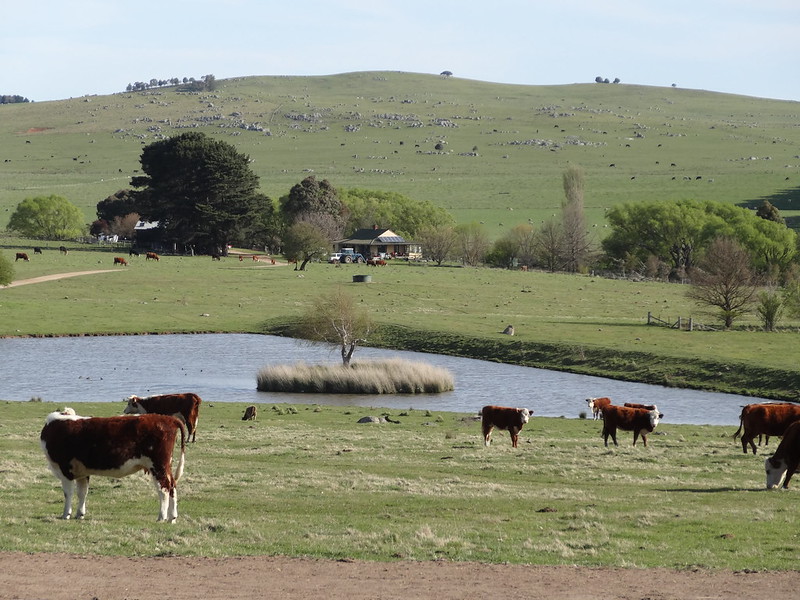
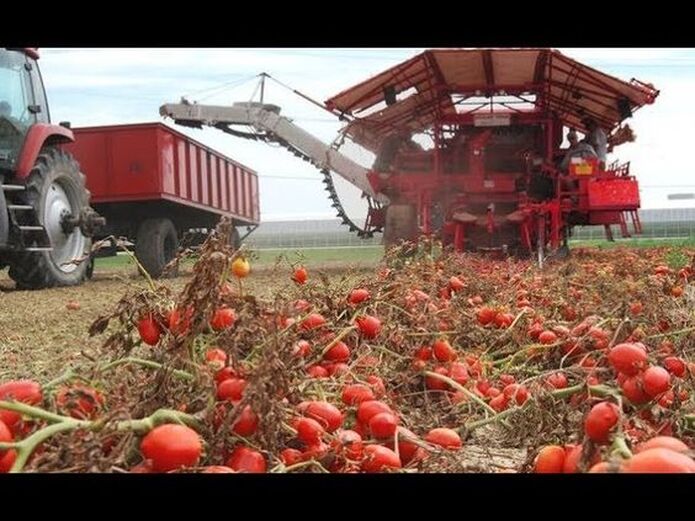
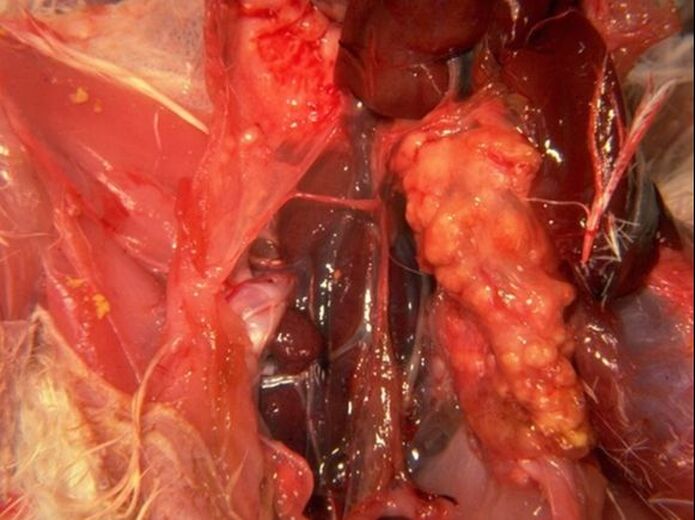
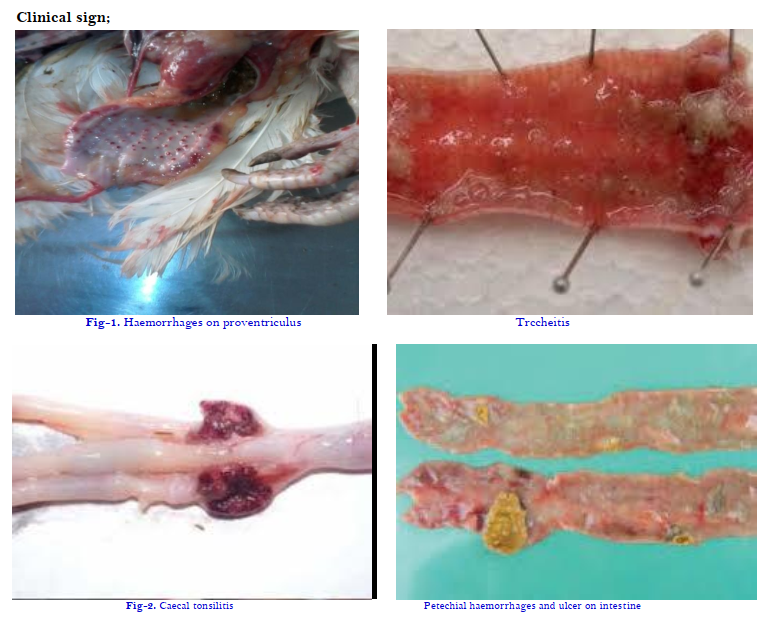

 RSS Feed
RSS Feed